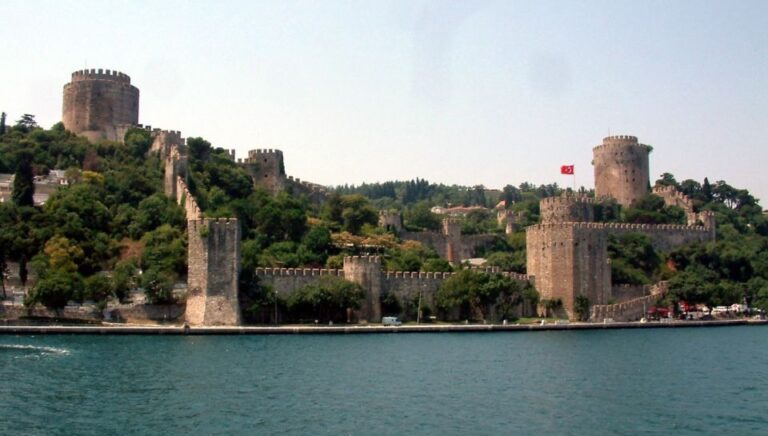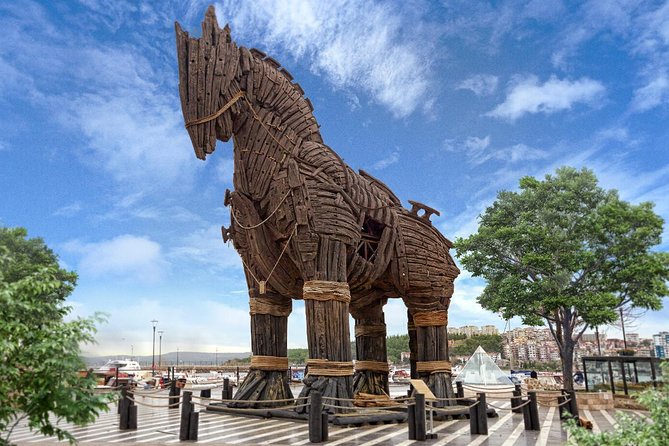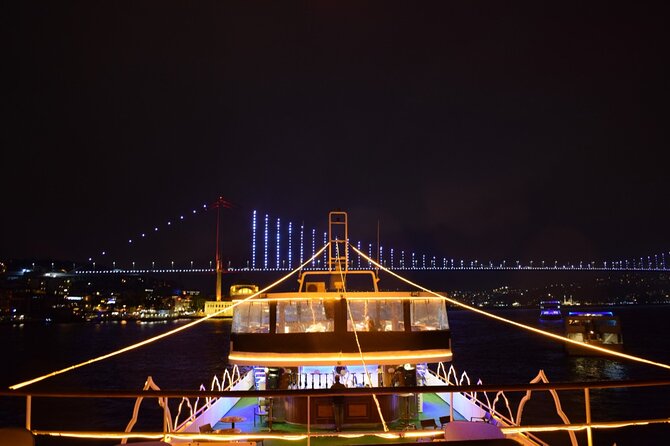When you visit Istanbul, one of the top attractions you simply cannot miss is the Hagia Sophia (Ayasofya). This incredible museum, once a Christian church and later an Islamic mosque, dominates the city’s skyline with its magnificent dome and minarets. As you step inside, you’ll be transported through centuries of history, art, and architecture.
A Journey Through Time
The Hagia Sophia has a long and storied past, with three churches having stood on this site over the centuries. The current building, constructed in the 6th century under the rule of Emperor Justinian I, was the largest church in the world at the time of its completion. For nearly a thousand years, it served as a cathedral and a focal point of the Eastern Orthodox Church.
In the 15th century, following the conquest of Constantinople by the Ottoman Empire, Sultan Mehmed II converted the Hagia Sophia into a mosque. It remained a place of Islamic worship for almost 500 years, until 1935, when it was secularized and opened to the public as a museum.
Despite the damage inflicted by fires and earthquakes over the centuries, the Hagia Sophia has endured, thanks in part to the extensive renovations and restorations undertaken throughout its history. Today, it welcomes millions of visitors each year, offering a glimpse into the rich tapestry of Istanbul’s past.
Discovering the Hagia Sophia’s Treasures
As you explore the Hagia Sophia, you’ll encounter a fascinating blend of Christian and Islamic art and architecture. The building itself is a testament to the skill and ingenuity of the architects and craftsmen who created it, with its soaring dome and intricate decorations.
Uncovering Ancient Mosaics
One of the most striking features of the Hagia Sophia is its collection of ancient Christian mosaics, dating back to the 9th century. These breathtaking works of art once covered the ceiling domes, arches, and upper gallery walls, depicting religious scenes and figures.
During the building’s time as a mosque, many of these mosaics were covered or plastered over, in accordance with Islamic tradition. However, during renovations in the mid-1800s and early 1900s, archaeologists and restorers, such as Thomas Whittemore, founder of the Byzantine Institute of America, worked tirelessly to uncover and preserve these priceless treasures.
As you walk through the Hagia Sophia, keep an eye out for some of the most notable mosaics, including:
- The Theotokos (Madonna and Child) in the apse’s quarter dome
- The Pantakrator (Jesus, Gabriel, Mary, and Emperor Leon VI) above the Emperor Door
- The Sunu Mosaic (Madonna and Child flanked by Constantine I and Justinian)
- The Zoe Mosaic (Jesus flanked by Emperor Constantine IX and Empress Zoe)
- The Komnenos Mosaic (Madonna and Child flanked by Emperor John II Komnenos, Empress Irene of Hungary, and Prince Alexios II)
- The Deisis Mosaic (Jesus flanked by John the Baptist and the Virgin Mary)
Each of these mosaics tells a story and offers a glimpse into the artistry and devotion of the Byzantine era.
Exploring Islamic Elements
As you continue your tour, you’ll also encounter many elements that showcase the Hagia Sophia’s Islamic heritage. The mihrab, a gilded marble niche, indicates the direction of prayer toward Mecca and replaced the Christian altar when the church became a mosque. To the right of the mihrab, you’ll find the minbar, a stepped pulpit made of intricately carved marble, dating back to the 16th century.
The walls and columns of the Hagia Sophia are adorned with green and gold calligraphic panels, featuring writings that include the names of Allah, the prophet Muhammad, his grandsons, and several caliphs. The oldest of these panels date back to the 17th century and add to the building’s unique blend of religious iconography.
Another notable Islamic feature is the Library of Mahmud I, built in the 18th century for the sultan. This reading room and library is decorated with colorful ceramic tiles, rosewood bookcases, and features decorative bronze screens on the exterior wall and doors.
Significant Architectural Features
As you explore the Hagia Sophia, you’ll come across several other significant architectural elements that highlight the building’s rich history and grandeur. The Omphalion, a series of colored marble circles inlaid in the floor near the Muezzin’s Loge, marks the spot where Byzantine emperors were crowned.
The Hagia Sophia is also home to three notable entryways: the 6th-century Emperor Door, reserved for use by the Emperor and his entourage; the 2nd-century BC Nice Door, brought from a pagan temple in Tarsus; and the Marble Door, which separates the western and southern galleries in the upper level.
Ascending to the Upper Gallery
To gain a different perspective on the Hagia Sophia’s interior, follow the stone ramp to the upper gallery. Here, you’ll discover a wealth of additional treasures and unique features, including:
- 9th-century Viking graffiti, believed to have been carved by a Viking mercenary, on the marble banister
- Vibrant ceramic wall tiles and panels depicting floral motifs, images of sacred sites, and verses from the Qur’an
- Close-up views of several ancient mosaics, allowing you to appreciate their intricate details
- An aerial view of the prayer hall below, offering a sense of the building’s scale and grandeur
Exploring the Courtyard and Minarets
Before you conclude your visit, be sure to spend some time in the courtyard near the entrance. Here, you’ll find an 18th-century marble and bronze fountain, built during the reign of Sultan Mahmud I, which adds to the overall charm and serenity of the space.
The Hagia Sophia’s minarets, the rocket-shaped towers traditionally used for calling the faithful to prayer, were added after the church’s conversion to a mosque. The red brick minaret at the southeast corner is believed to be the oldest, dating to the 15th century, while the other three date to the 16th century. These minarets serve as a visual reminder of the building’s Islamic past and its significance to the Muslim community.
Plan Your Visit
To make the most of your visit to the Hagia Sophia, keep the following information in mind:
- Location: The museum is located at Ayasofya Meydanı (Hagia Sophia Square) Sultanahmet Fatih, just an 8-minute walk from the Blue Mosque.
- Getting There: The nearest tram stop is Sultanahmet.
- Admission: Adult tickets cost 30.00 TL (approximately 10.50€ or 13.00$).
As you plan your trip to Istanbul, be sure to set aside ample time to explore the Hagia Sophia. This remarkable museum, with its rich history, stunning architecture, and unique blend of Christian and Islamic elements, is an essential stop for any traveler seeking to understand the city’s complex and fascinating past.
Enjoy the beauty and grandeur of this iconic structure, and let the Hagia Sophia transport you through centuries of art, faith, and human achievement. Your visit to Istanbul will be all the richer for having experienced this truly awe-inspiring monument.





